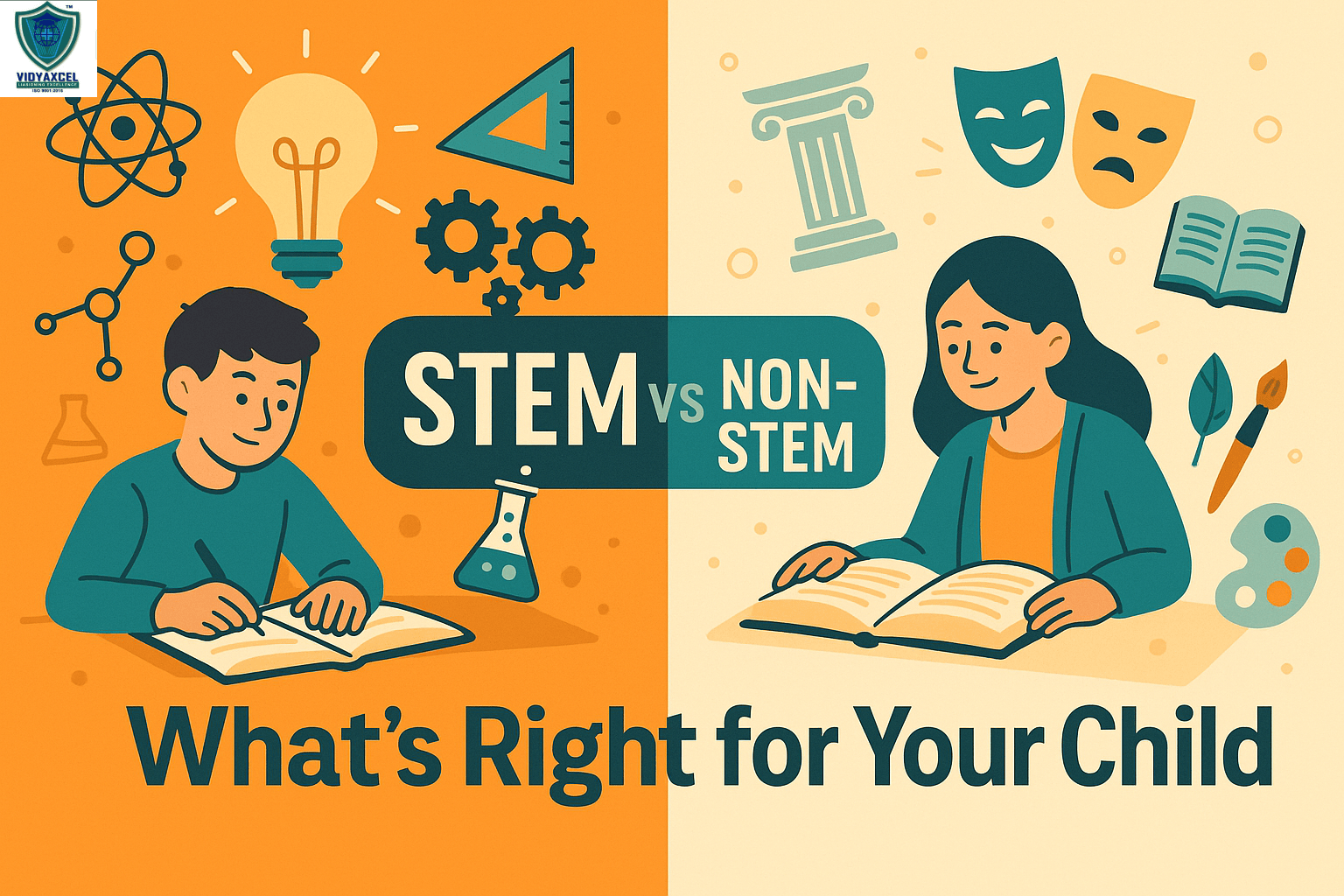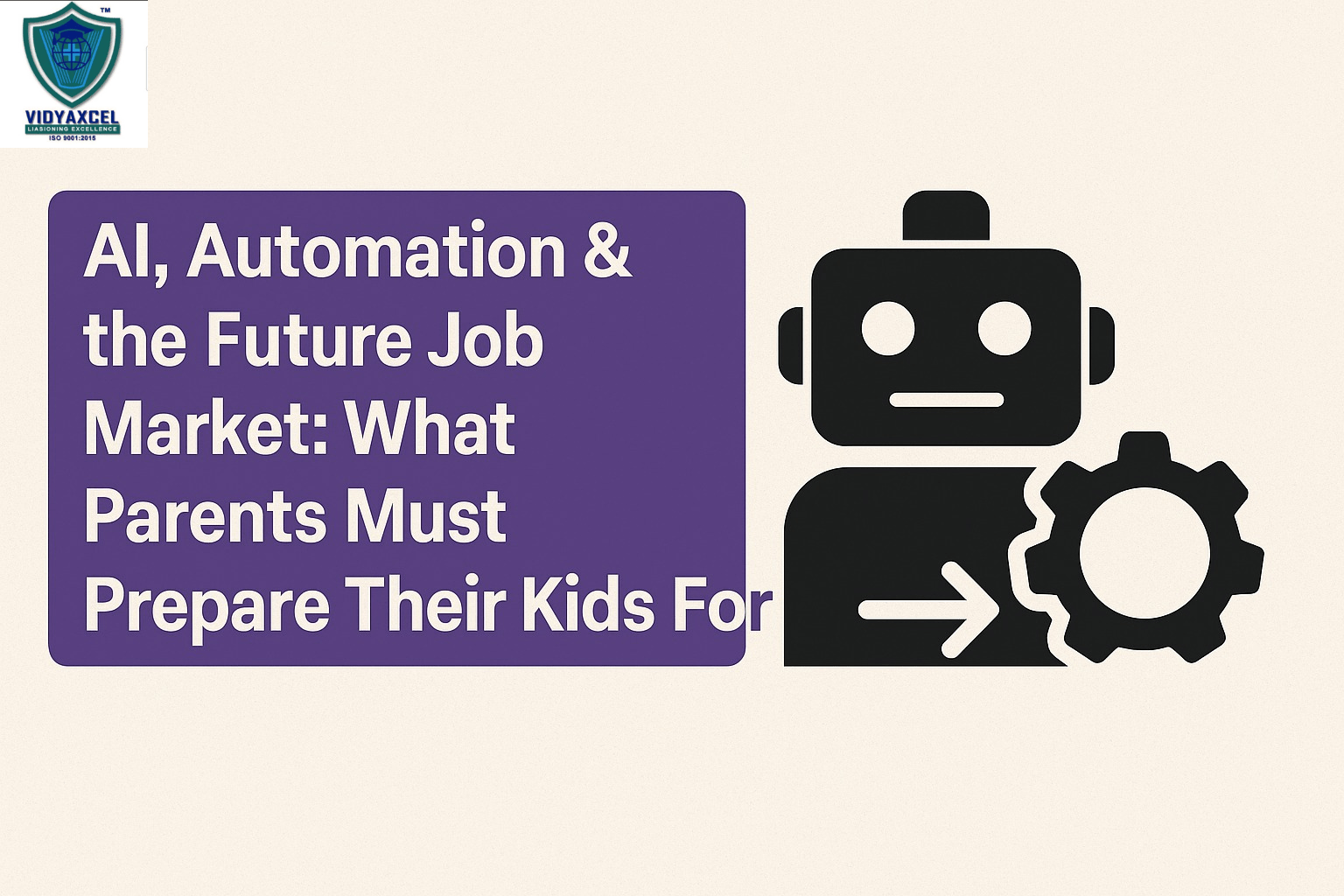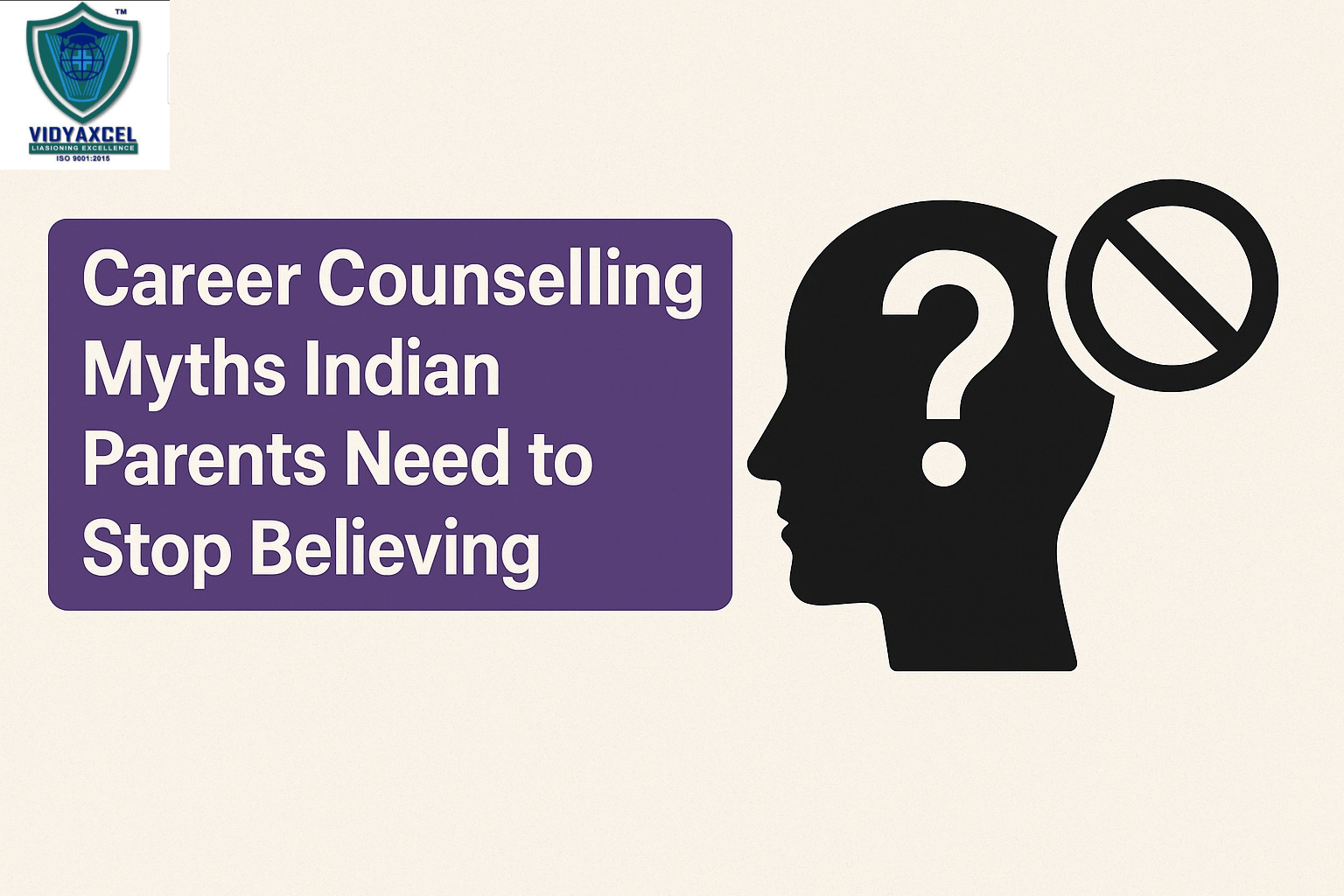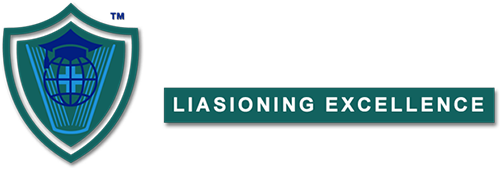Blog Details

03May
STEM vs Non-STEM: What’s Right for Your Child?
In today’s dynamic and rapidly evolving world, parents are faced with a crucial question when it comes to their child’s education and future: Should they guide them towards a STEM (Science, Technology, Engineering, and Mathematics) career, or is a non-STEM path better suited for their personality, skills, and interests? This decision isn't just about choosing subjects—it’s about understanding your child’s aspirations, strengths, and long-term goals.
This article will explore the differences, advantages, challenges, and key considerations of both STEM and Non-STEM careers to help parents make informed, supportive choices.
1. What is STEM?
STEM refers to disciplines that involve:
- Science (Biology, Physics, Chemistry, etc.)
- Technology (Computer Science, Information Technology, AI)
- Engineering (Mechanical, Civil, Electrical, etc.)
- Mathematics (Statistics, Data Science, Actuarial Science)
STEM careers are often linked with innovation, analytical thinking, and problem-solving.
🔹 Key Features:
- Logic-driven and structured
- High demand in global job markets
- Often associated with higher salaries
2. What is non-STEM?
Non-STEM fields include:
- Humanities (History, Literature, Philosophy)
- Social Sciences (Psychology, Sociology, Political Science)
- Commerce (Business, Marketing, Accounting)
- Creative Arts (Design, Fine Arts, Music, Film)
Non-STEM careers nurture emotional intelligence, communication, creativity, leadership, and strategic thinking.
🔹 Key Features:
- Emotionally expressive and people-oriented
- Involves critical thinking and storytelling
- Opens doors in media, law, management, and more
3. Comparing STEM and Non-STEM
|
Aspect |
STEM |
Non-STEM |
|
Skill Focus |
Analytical, Technical |
Creative, Interpersonal |
|
Job Market |
High global demand |
Diverse and evolving |
|
Income Potential |
Generally higher |
Varies by industry |
|
Learning Style |
Logical, formula-based |
Conceptual, discussion-based |
|
Examples |
Software Engineer, Data Scientist |
Psychologist, Lawyer, Artist |
4. Factors to Consider When Choosing
🧠 1. Child’s Interests & Passions
Does your child enjoy coding and solving math problems? Or are they more into writing, music, or helping people?
🧩 2. Aptitude & Strengths
STEM careers often require strong problem-solving and quantitative abilities, while non-STEM paths rely heavily on communication and creativity.
🎯 3. Career Aspirations
Some careers like medicine (STEM) or law (non-STEM) require early planning. Understand the educational path required for each.
🌐 4. Job Market Trends
Both areas offer growth. For instance, tech is booming, but fields like digital marketing, UX design, psychology, and sustainable development are also in demand.
5. Myths About STEM vs non-STEM
❌ Myth 1: STEM = Success, Non-STEM = Struggle
Success is not defined by a stream but by skills, adaptability, and passion.
❌ Myth 2: STEM is only for “toppers”
Many students succeed in STEM fields because of curiosity and consistent learning—not just high marks.
❌ Myth 3: Non-STEM has no scope
Non-STEM graduates find fulfilling roles in business, government, international relations, and more.
6. Parental Role: Guiding, Not Deciding
As a parent:
- Encourage self-exploration through aptitude tests or counselling
- Avoid projecting your own unfulfilled dreams
- Be open to unconventional or hybrid careers (e.g., data journalism, health tech design)
7. Case Studies
📌 STEM Path – Ria, 17
Ria loved robotics and math in school. Her parents enrolled her in coding workshops. Today, she’s pursuing Computer Engineering and interning with a tech startup.
📌 Non-STEM Path – Kabir, 18
Kabir struggled with science but thrived in public speaking. He chose Political Science and is now preparing for the civil services exam.
8. The Rise of Hybrid Careers
Not everything fits neatly into STEM or Non-STEM. New-age careers often combine both:
- UX Design: Combines tech + psychology + creativity
- Digital Marketing: Combines data analytics + communication
- Healthcare Management: Combines biology + business
Encourage exploration and flexibility.
9. Tools to Help Make the Right Choice
- Psychometric Assessments – To gauge aptitude and interests
- Career Counselling – For professional advice
- Online Exploratory Courses – Coursera, Udemy, Khan Academy
- Internships & Workshops – Try real-world tasks before committing
10. Long-Term Outlook
STEM jobs are evolving with AI, automation, and green tech. non-STEM fields are transforming with social media, behavioural sciences, and global politics.
Rather than rigid labels, focus on developing 21st-century skills:
- Problem-solving
- Emotional intelligence
- Digital literacy
- Collaboration
- Adaptability
Conclusion
Choosing between STEM and Non-STEM is not about right or wrong—it’s about what’s right for your child. Let them lead the journey, with your support as their anchor. Explore. Evaluate. Encourage.
Whether your child builds the next AI model or writes a best-selling novel, their passion, purpose, and persistence will define their success.
FAQ’s
Q1. Is STEM always the better career choice?
A: Not necessarily. It depends on your child’s interest, aptitude, and long-term goals.
Q2. Can a student switch from STEM to Non-STEM later?
A: Yes. Many career paths today allow flexibility and switching after school or even during college.
Q3. Are Non-STEM jobs low paying?
A: Not at all. Fields like law, marketing, design, and entrepreneurship can be highly lucrative.
Q4. What are hybrid careers?
A: Careers that combine elements of both STEM and Non-STEM—like data journalism or environmental policy.
Q5. How early should we decide on a stream?
A: Ideally before class 11, but interests can evolve. Keep options open and reassess regularly.





